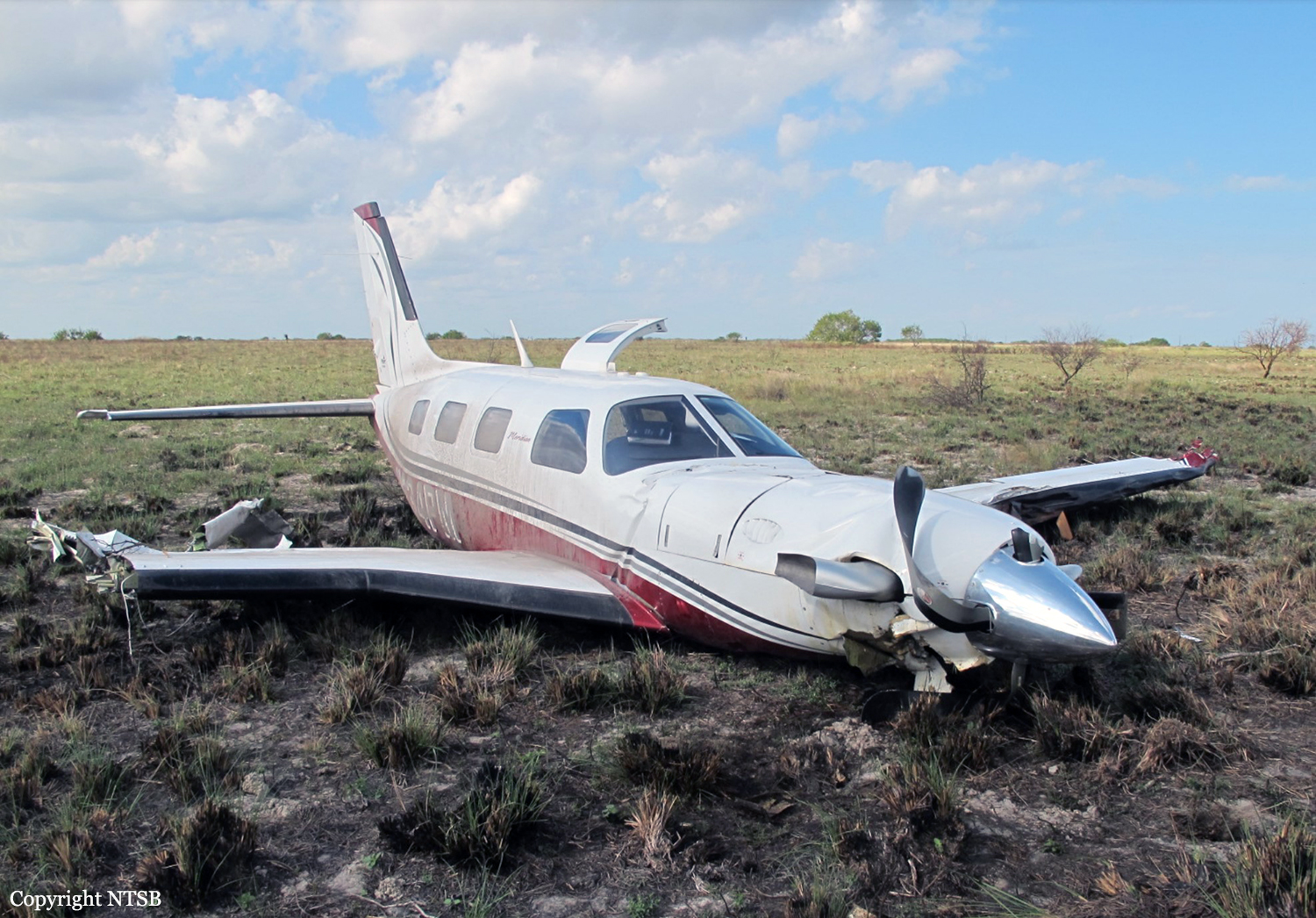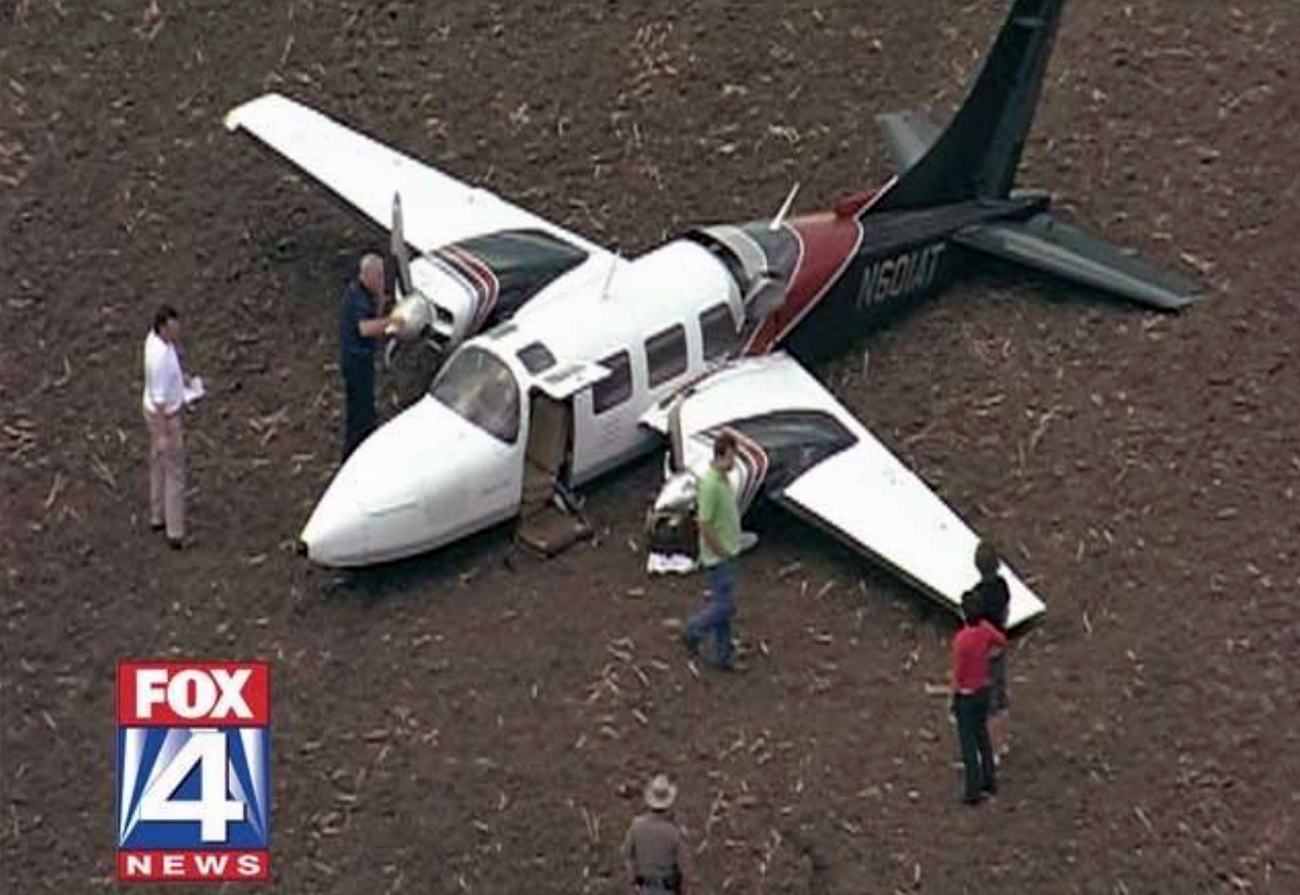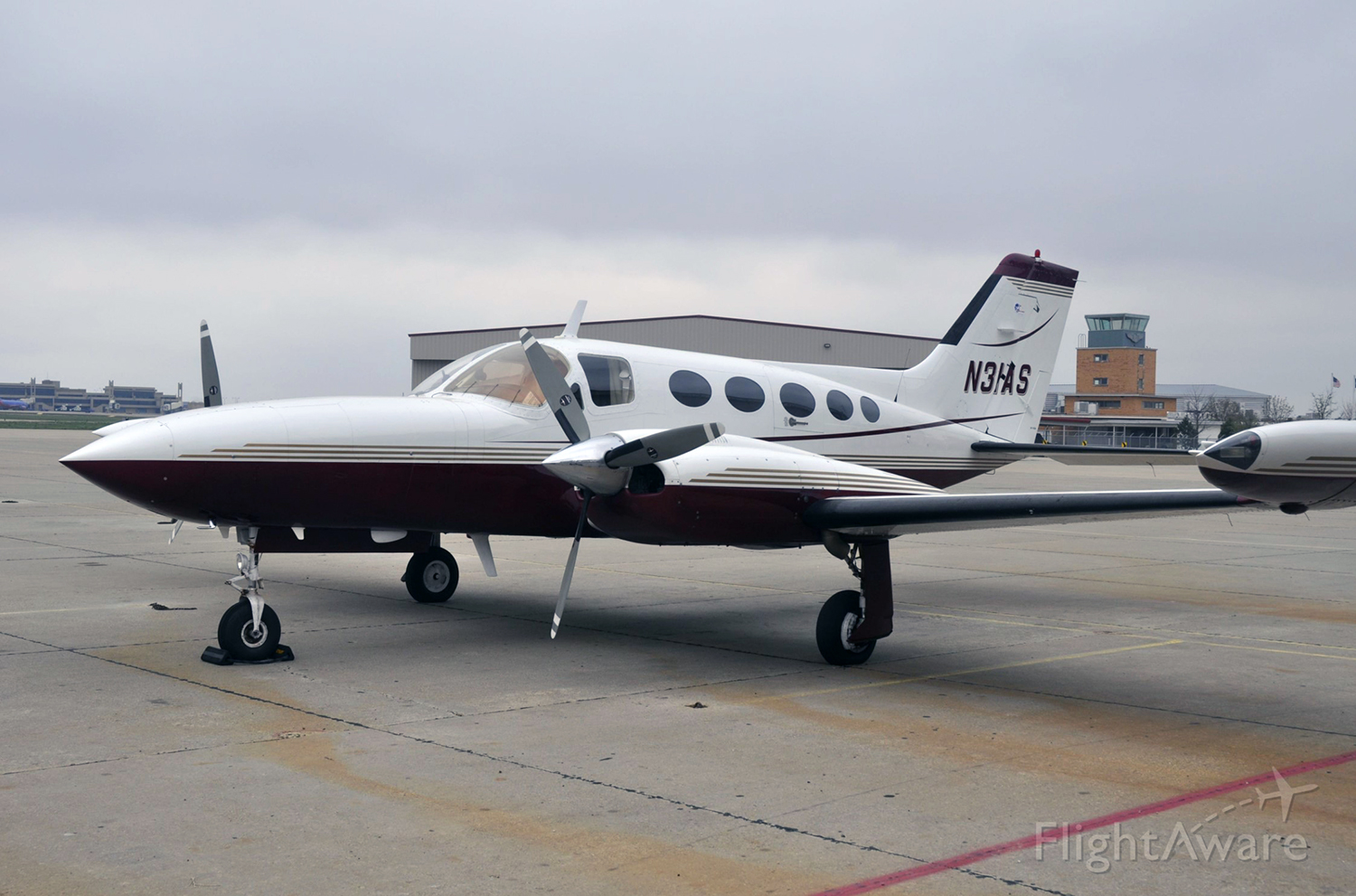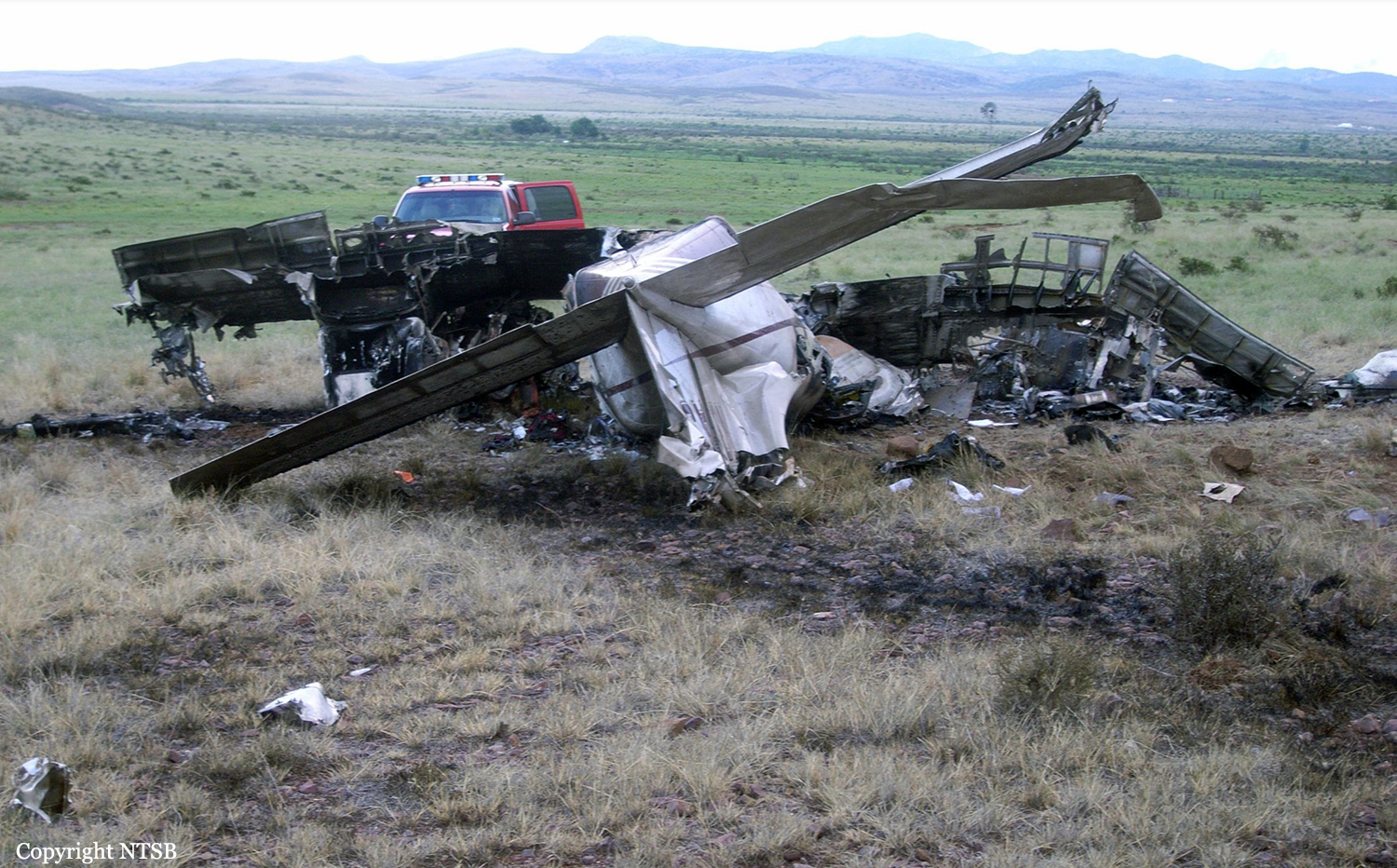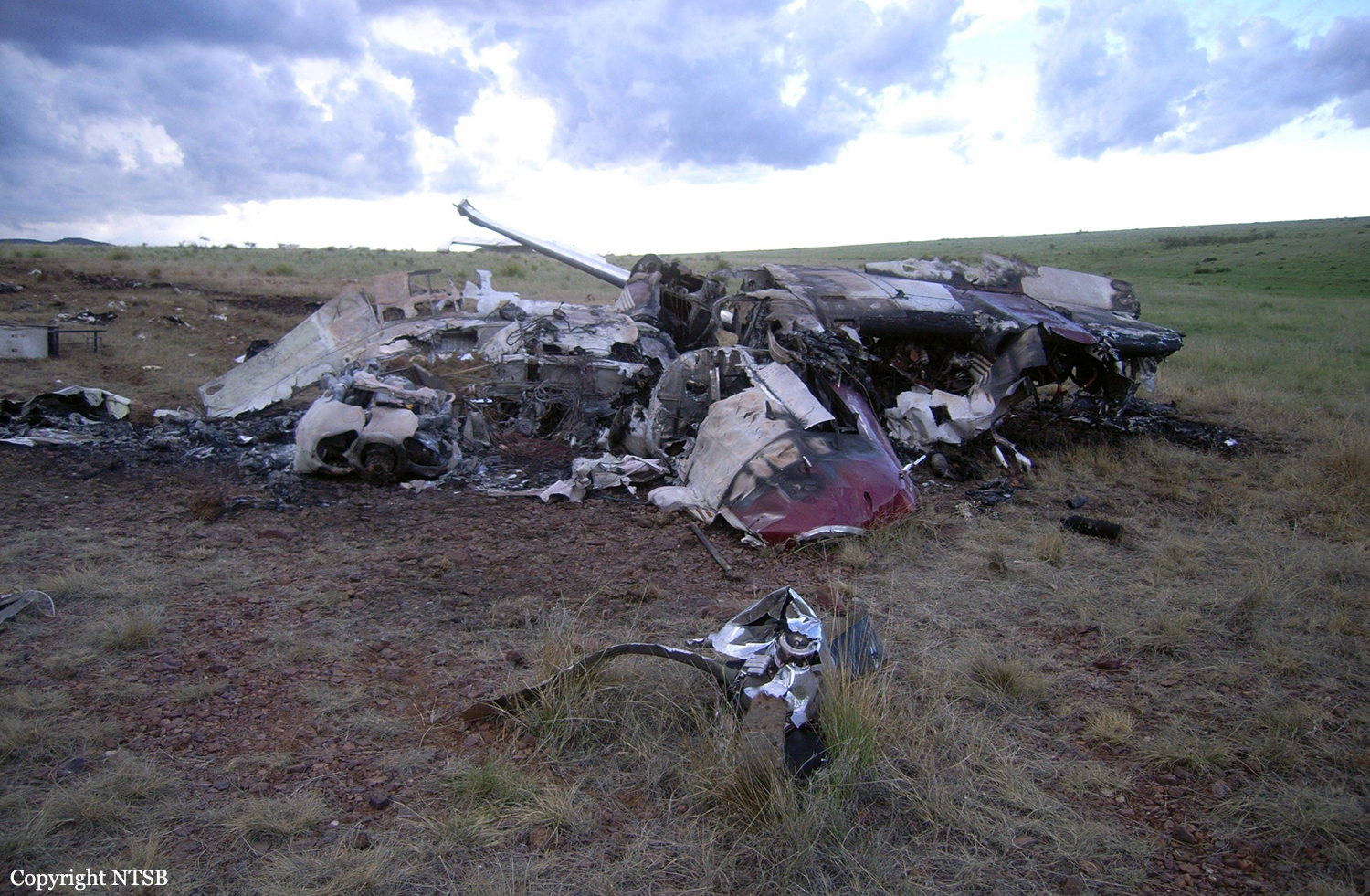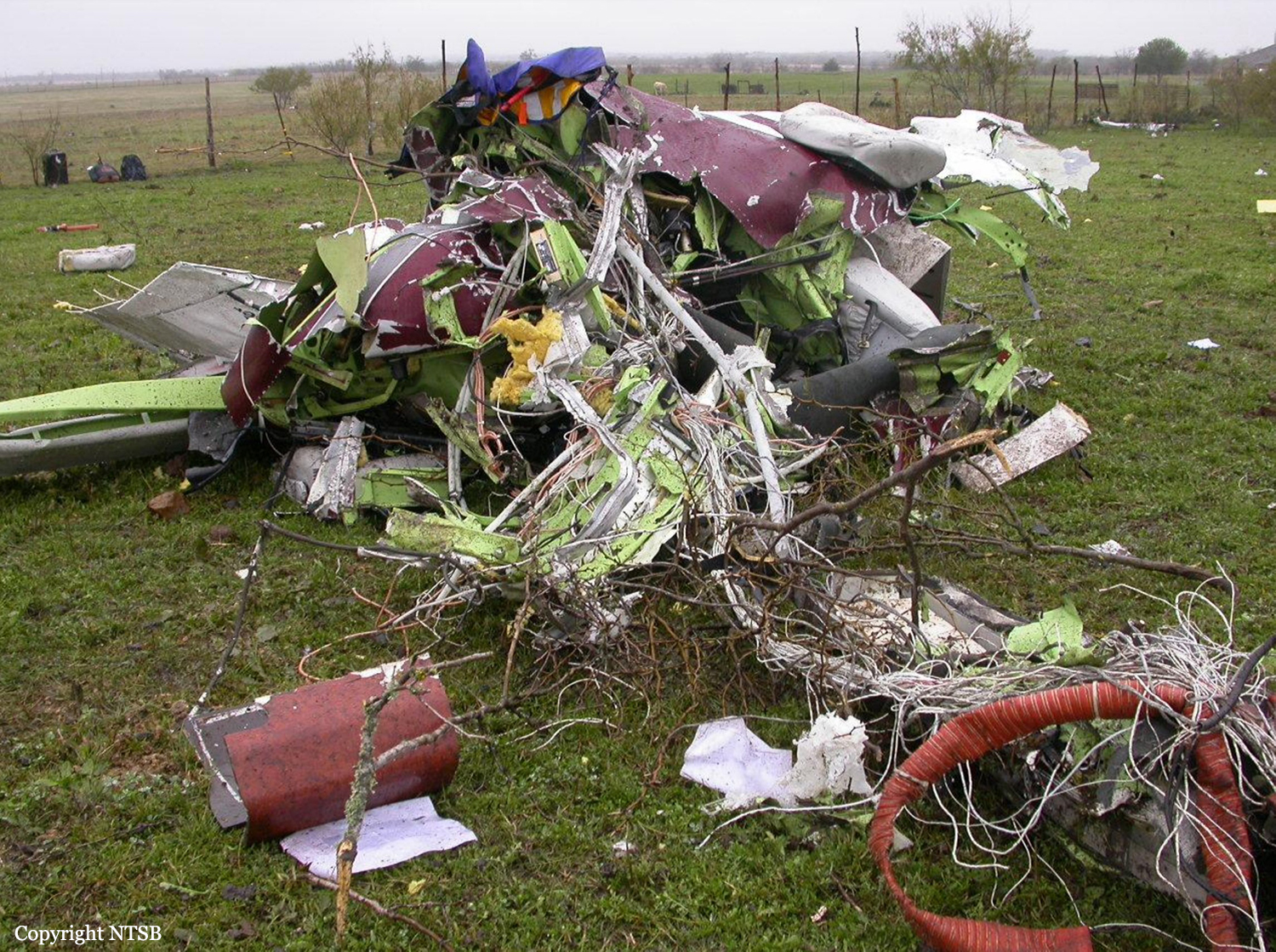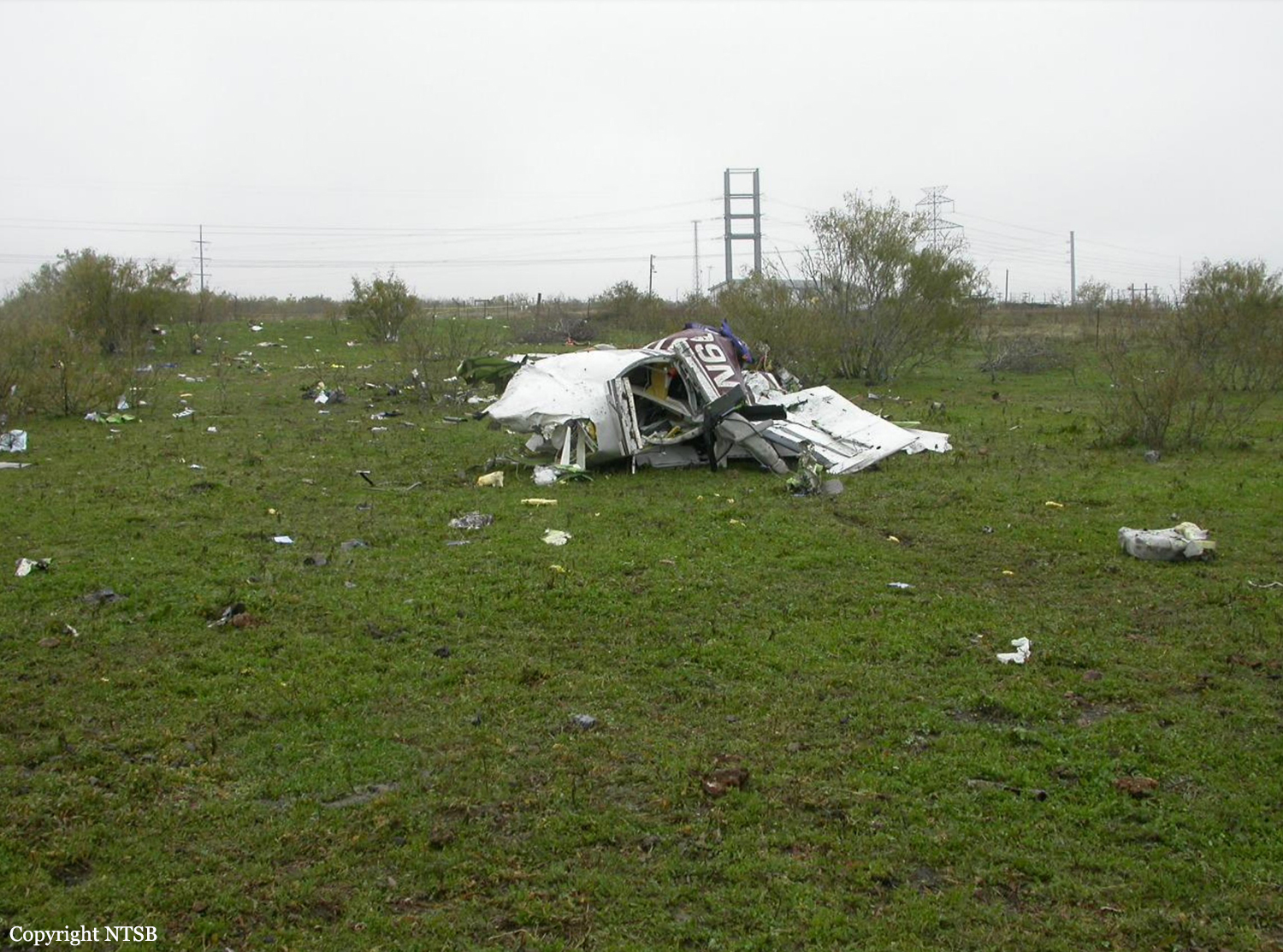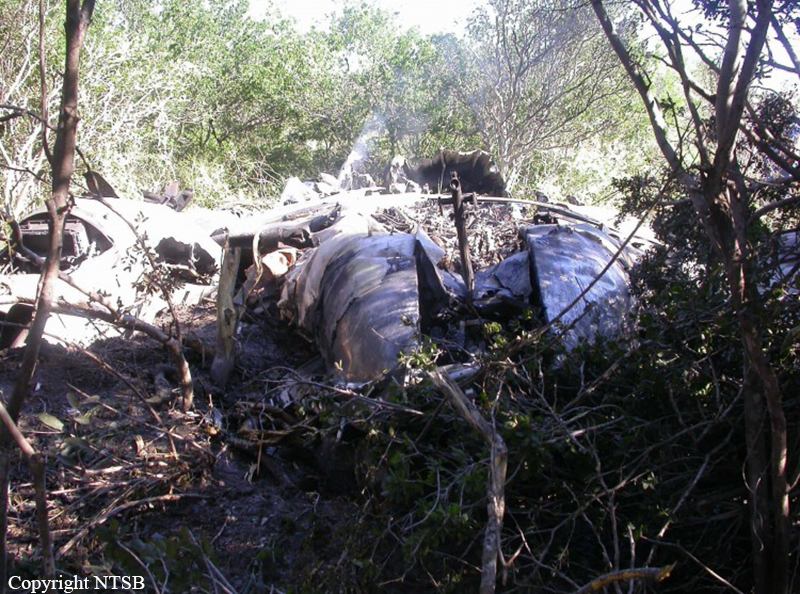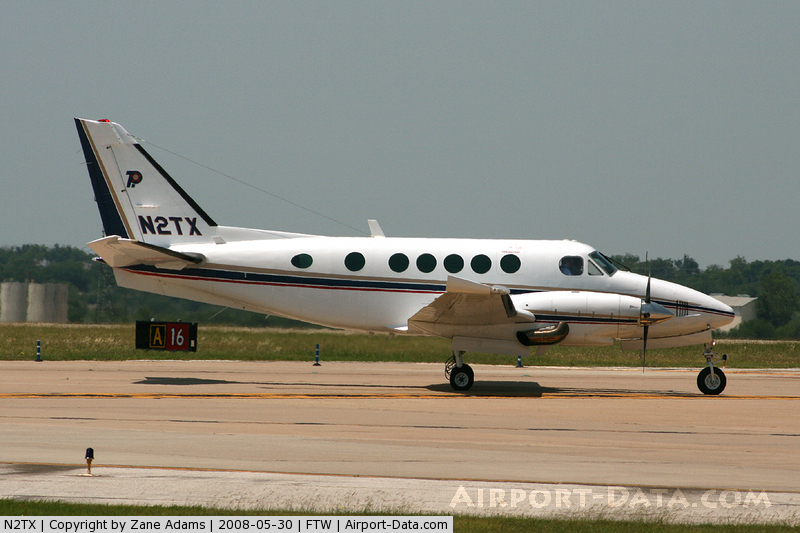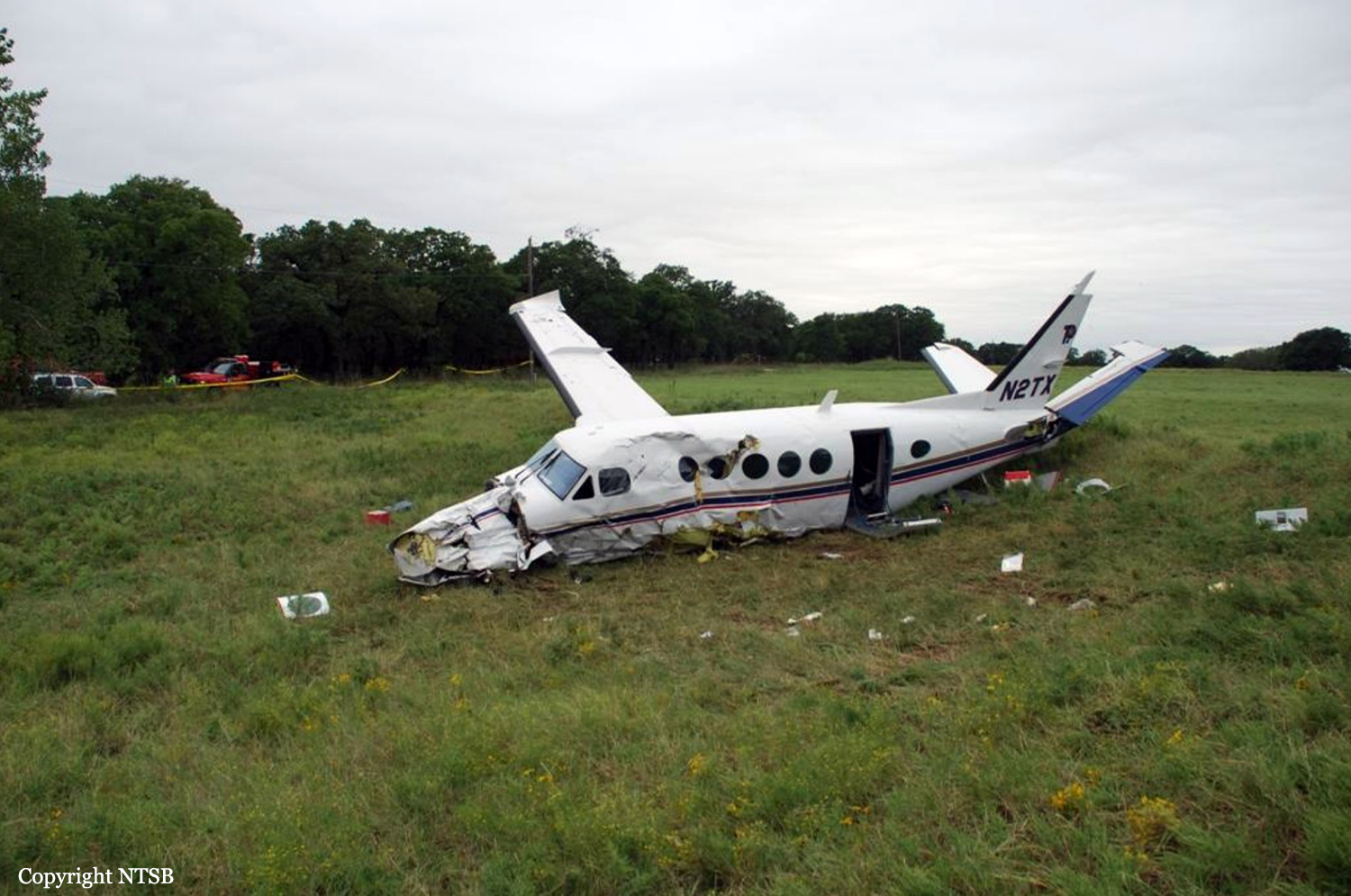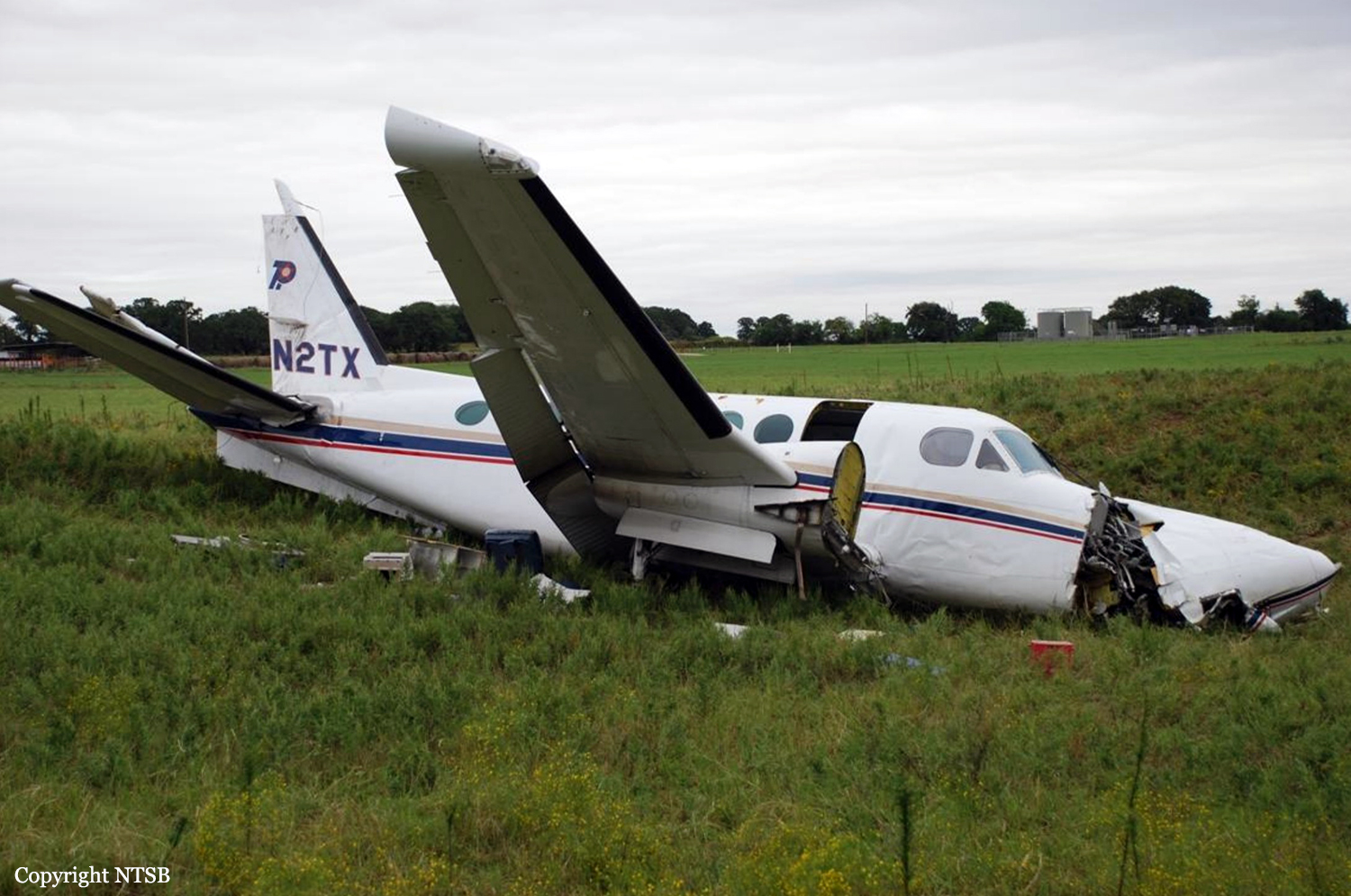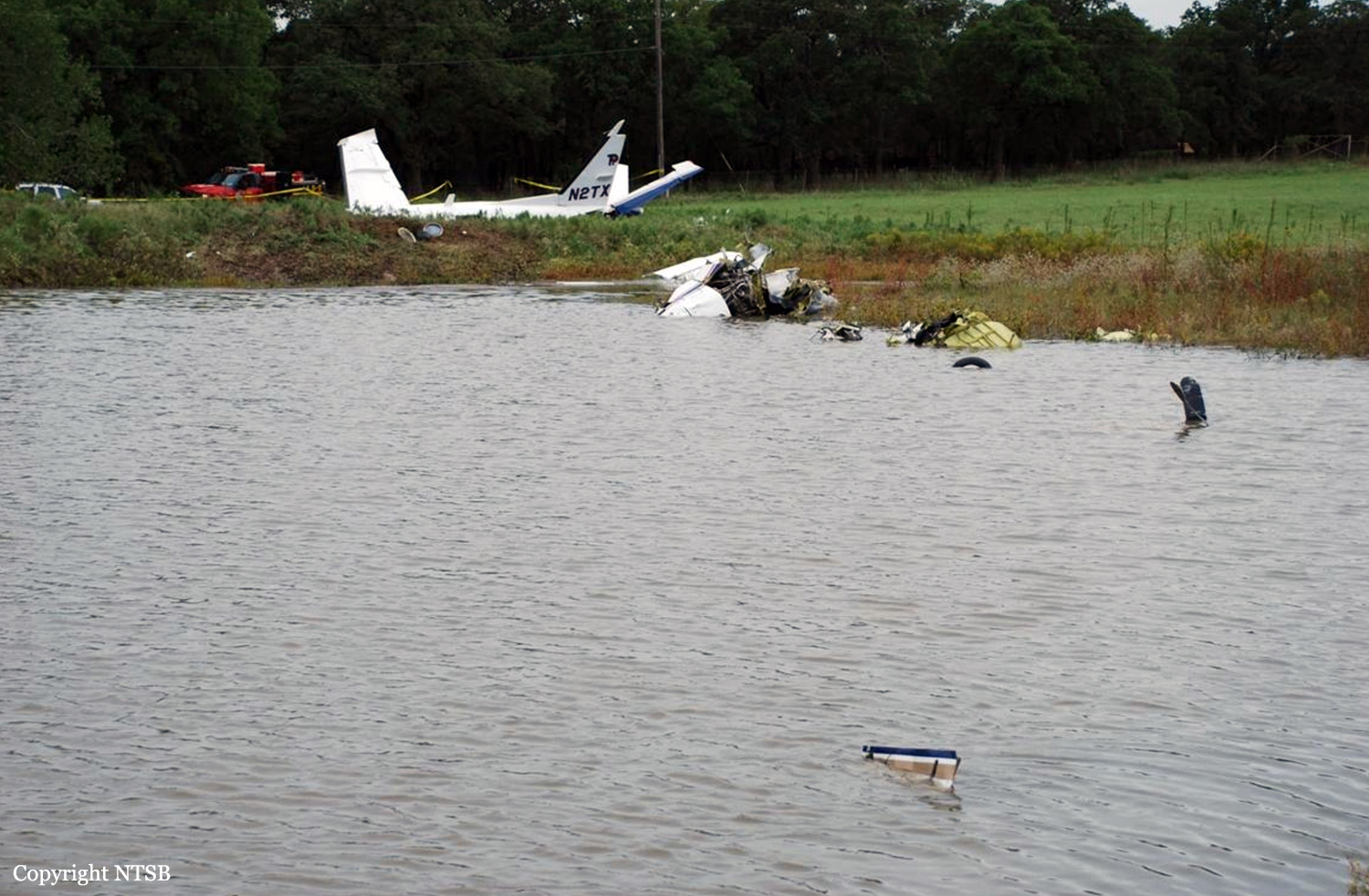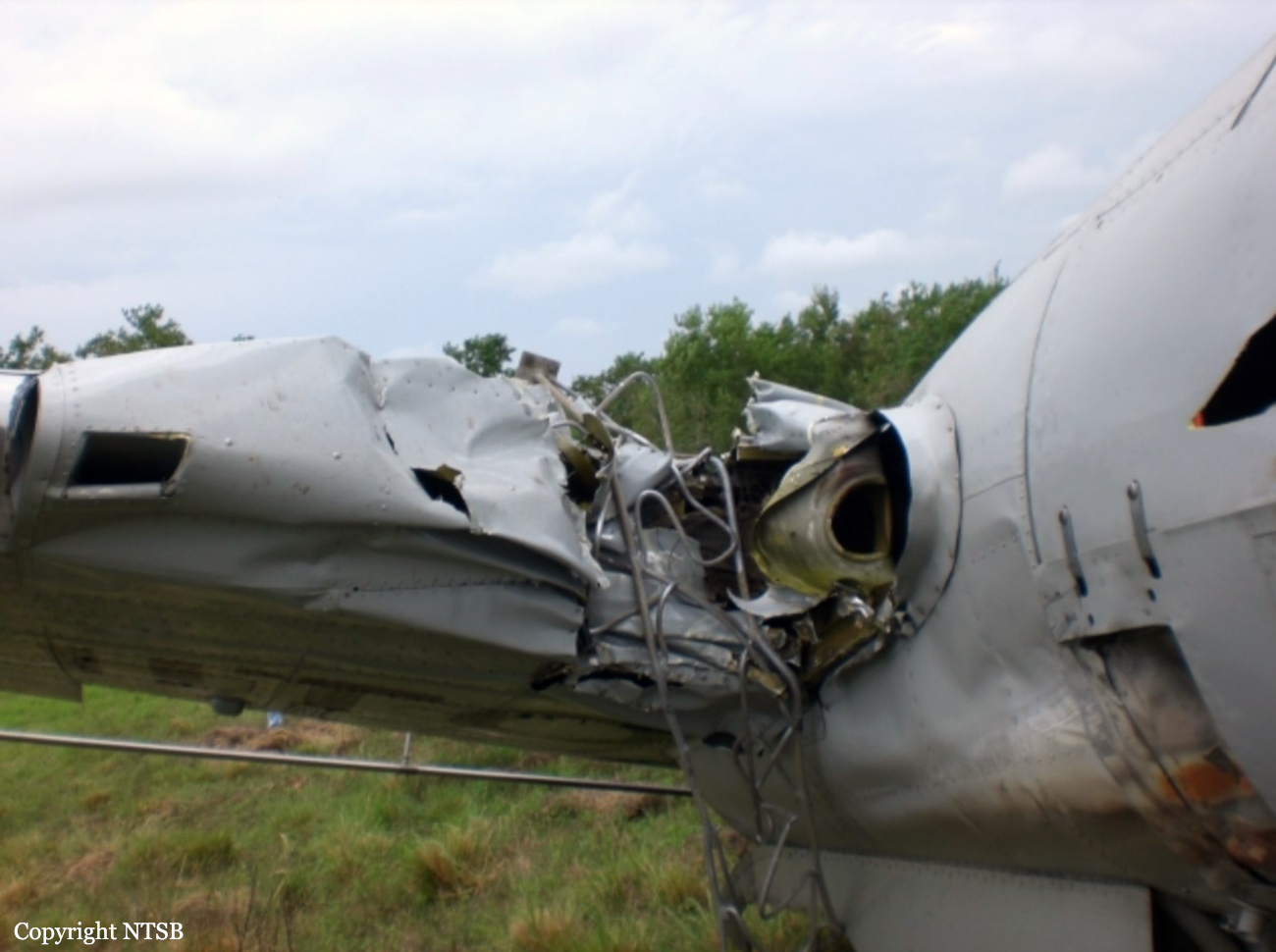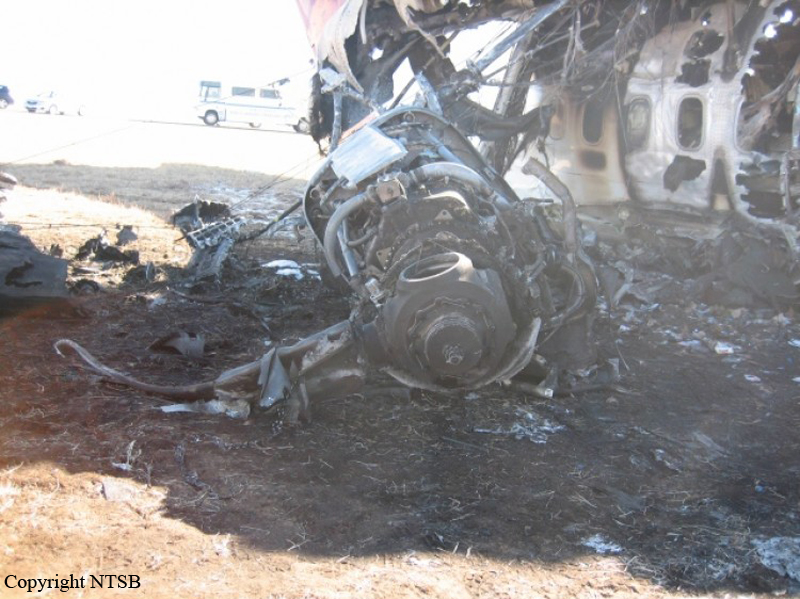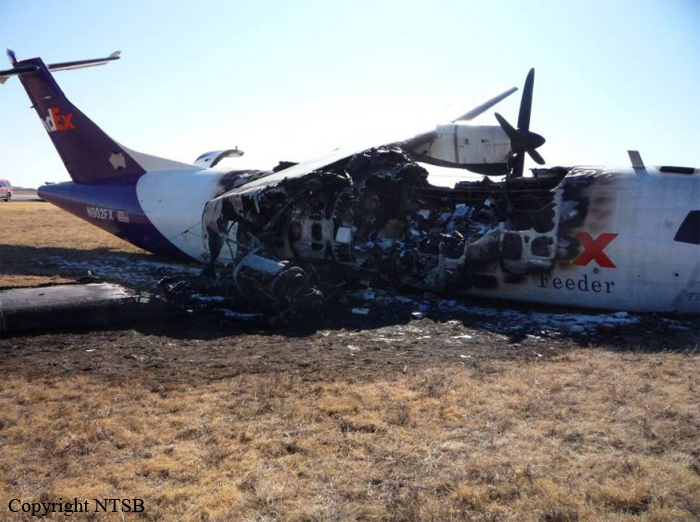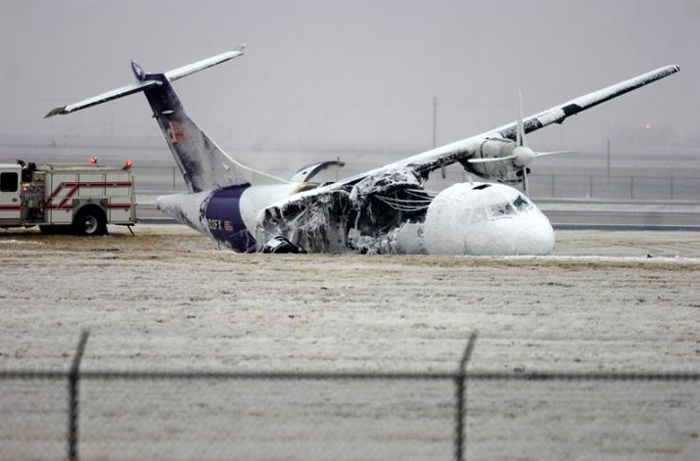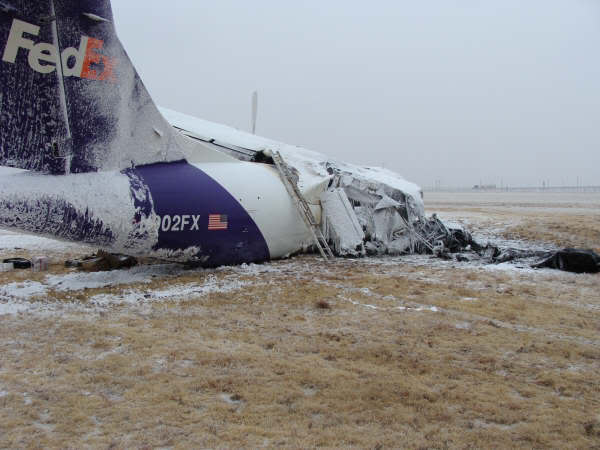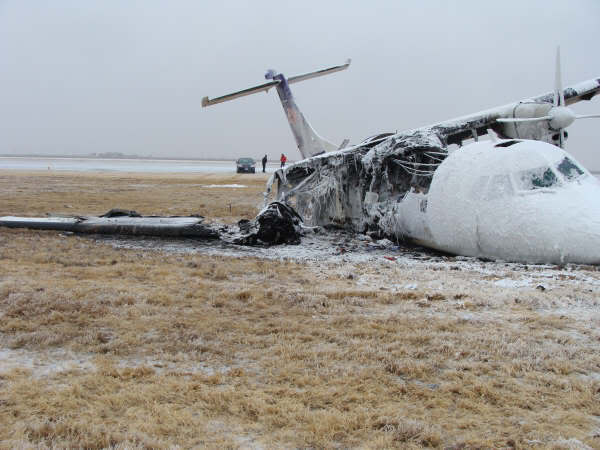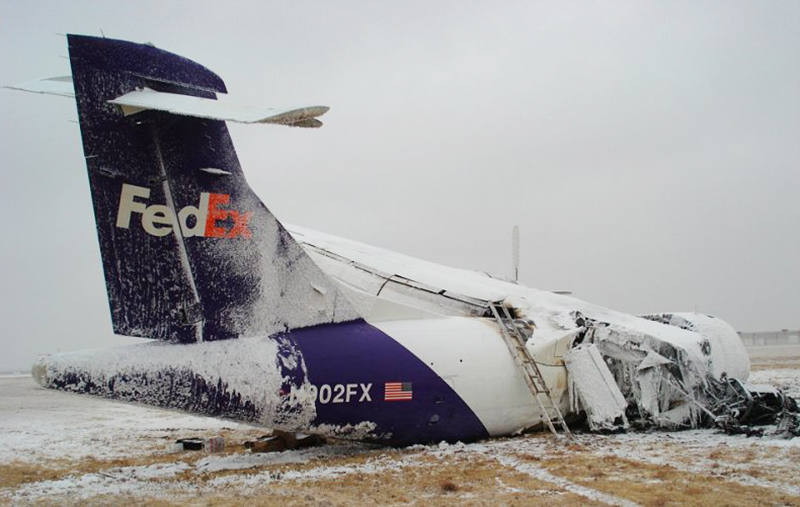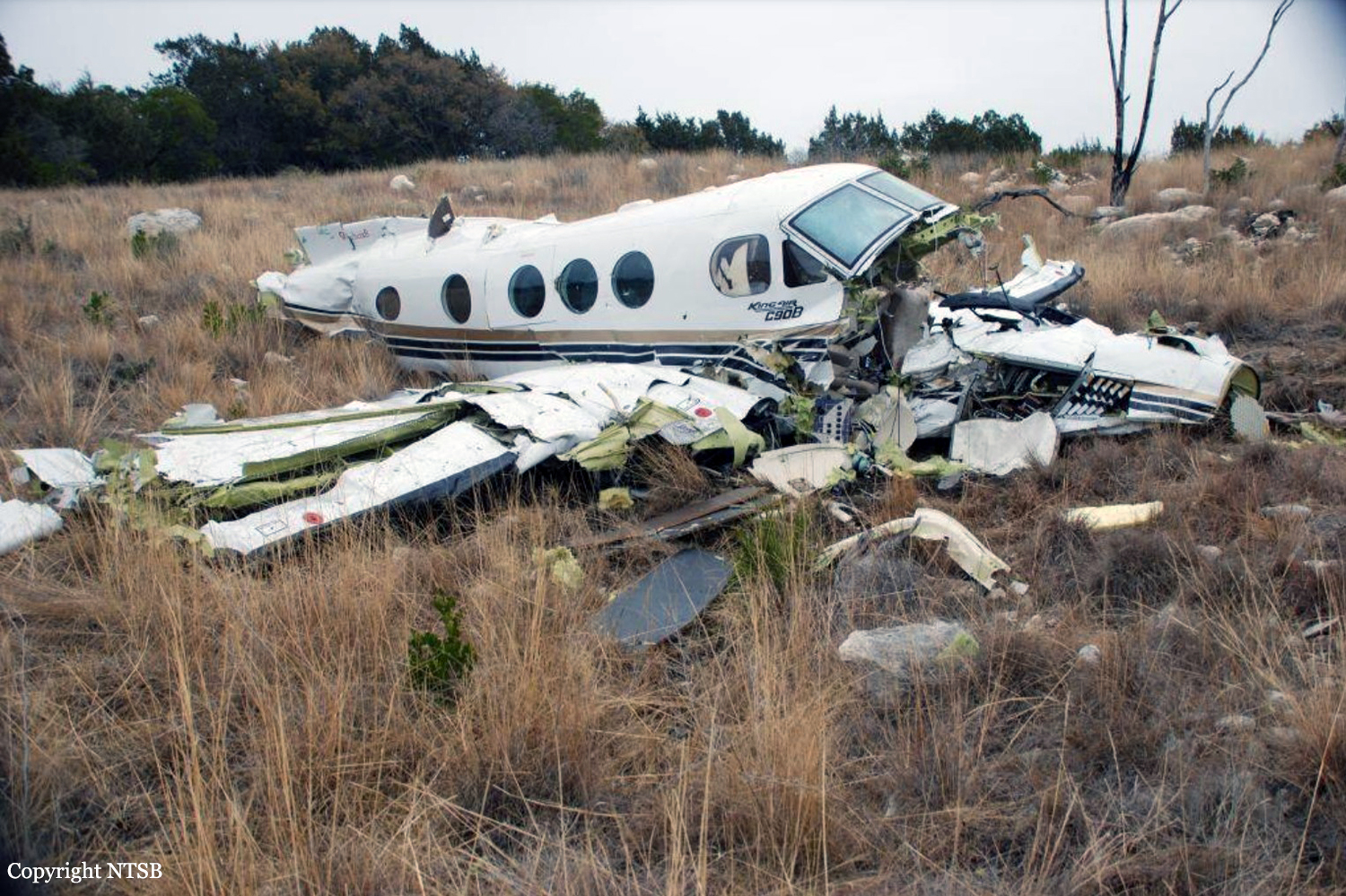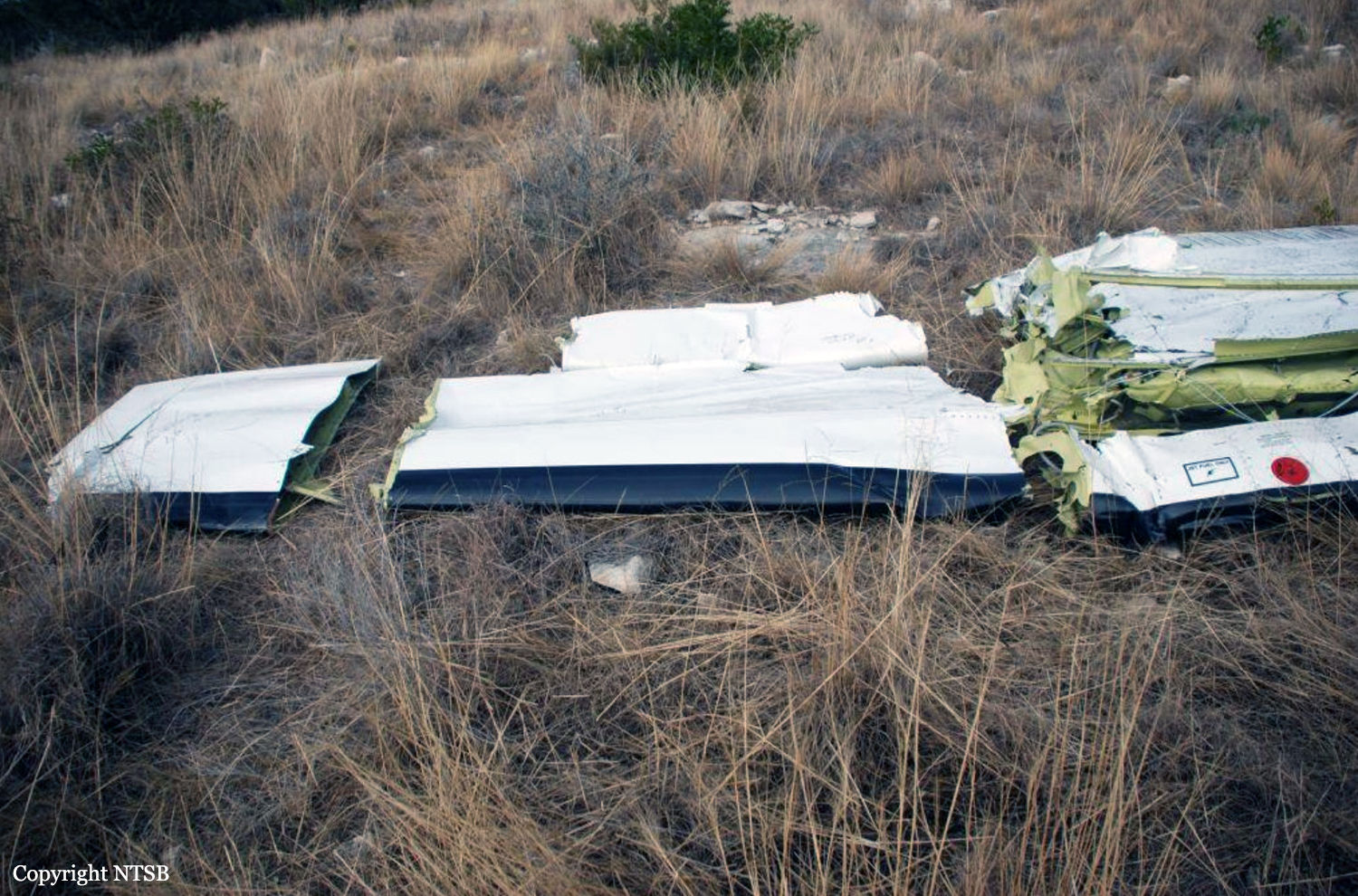Crash of a Piper PA-46-500TP Malibu Meridian in Port Mansfield
Date & Time:
Oct 29, 2010 at 1611 LT
Registration:
N234PM
Survivors:
Yes
Schedule:
Port Mansfield – Sinton
MSN:
46-97200
YOM:
2005
Crew on board:
1
Crew fatalities:
Pax on board:
2
Pax fatalities:
Other fatalities:
Total fatalities:
0
Captain / Total hours on type:
5.00
Aircraft flight hours:
650
Circumstances:
The pilot reported that shortly after takeoff the engine lost power momentarily, just before losing power completely. The pilot performed an emergency landing in a nearby field. The airplane sustained substantial damage during the forced landing. The airframe, engine, and engine accessories were examined. Fuel was noted at the engine, and no anomalies were revealed that would have contributed to the accident. The cause of the loss of power could not be determined.
Probable cause:
The total loss of engine power for undetermined reasons because examination of the airframe and engine did not reveal any anomalies that would have contributed to the loss of engine power.
Final Report:
